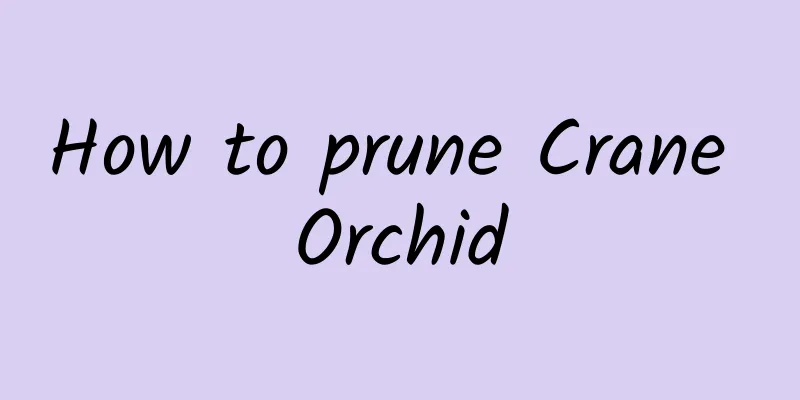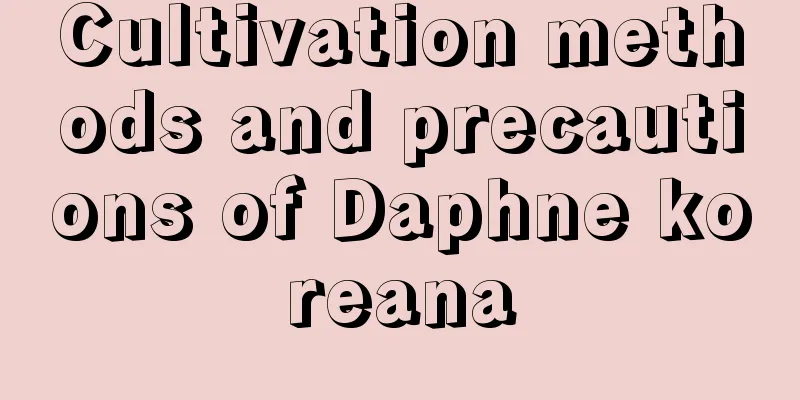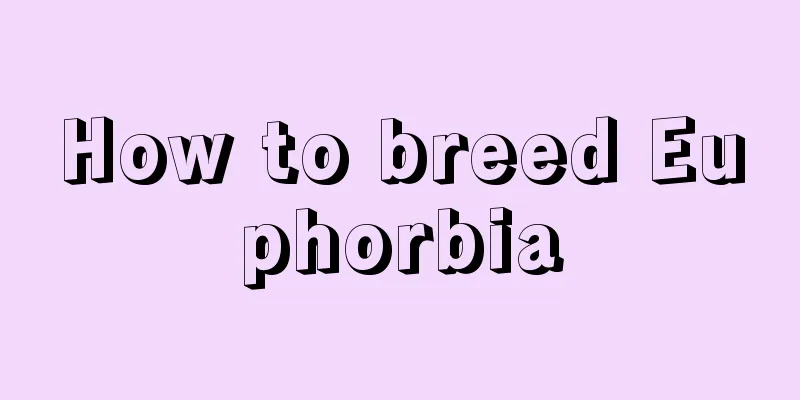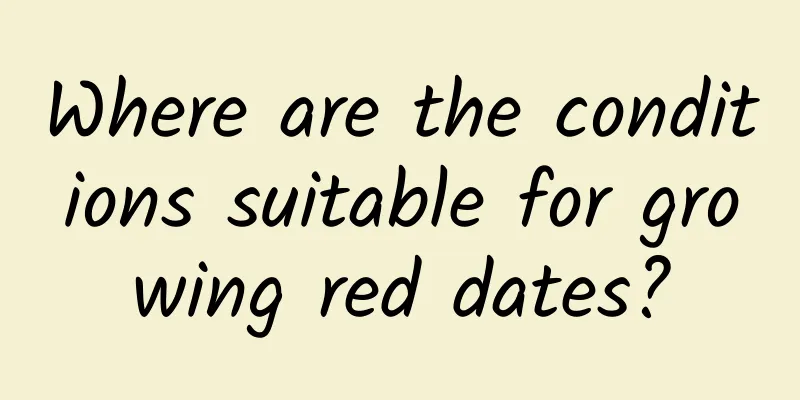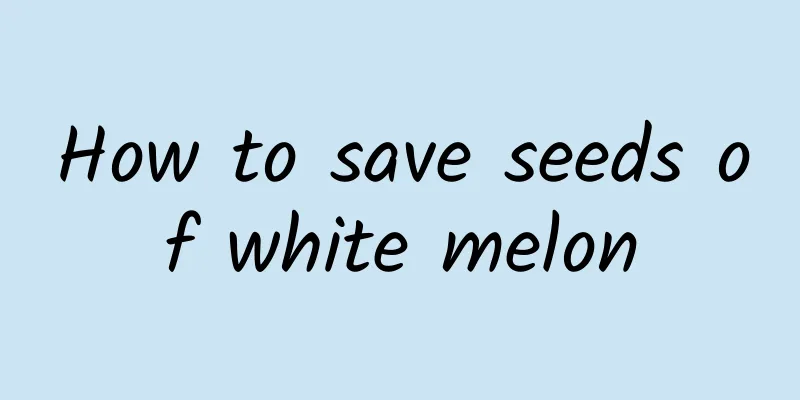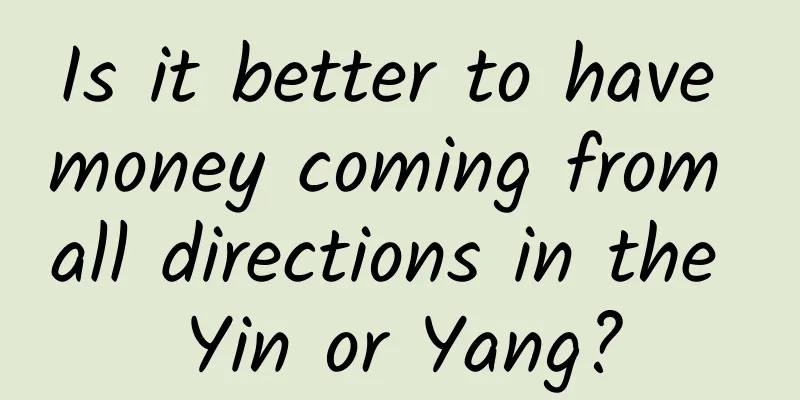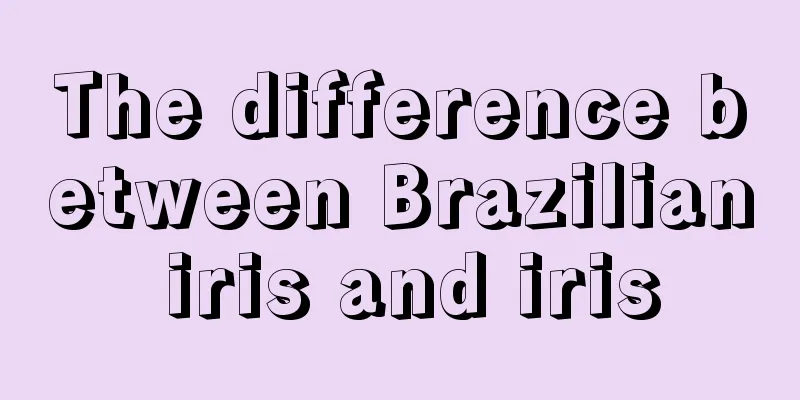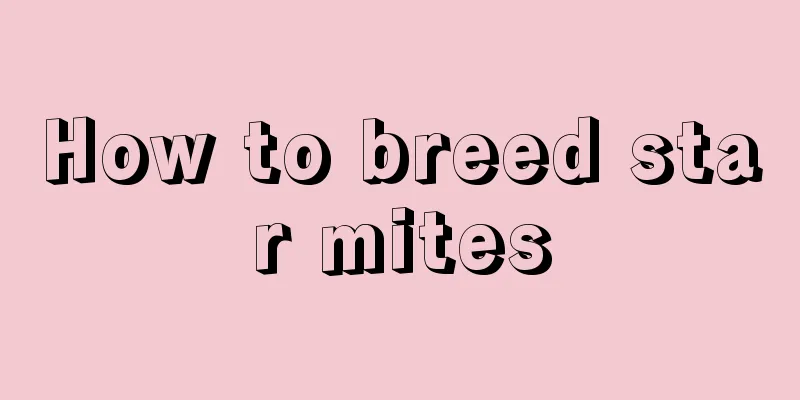How to manage peach trees after picking peaches (management technology of spraying and fertilizing peach trees after picking fruits)
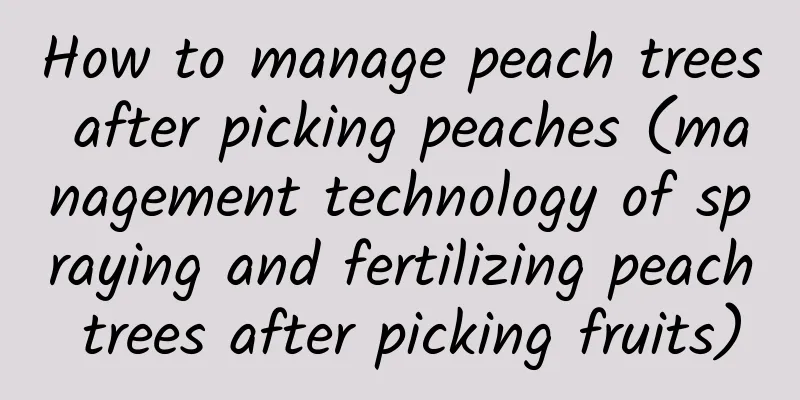
|
The period from peach harvesting to leaf fall is a critical stage for peach trees to accumulate nutrients and differentiate flower buds. The quality of management during this period will directly determine the peach tree's ability to survive the winter, as well as its growth and fruiting in the second year, which in turn affects peach yield and quality. After picking some varieties of peach trees, it is the dog days of summer. Then the field management of this orchard can be divided into four aspects: 1. Pest and disease control:After the peaches are harvested, there will still be pests and diseases left in the orchard. Common pests in summer include aphids, red spiders, leaf rollers, etc. We recommend the use of thiamethoxam/acetamiprid + avidin + chlorpyrifos for prevention and control to reduce the base number of pests in the orchard. In terms of diseases, bacterial punching disease and gummosis of peach trees often occur after rain. Bacterial punching disease can be prevented and treated with 32% oxadiazine ethionine or zhongshengmycin. The key to gummosis is to remove the gum manually, and apply lime sulfur or 32% oxadiazine ethyl allicin to the wounds of peach trees. Wounds and rain are the key conditions for the disease . 2. Fertilizer and water management:After peaches are harvested, fertilizer and water management is also the basis of peach tree management. In particular, fruit trees with many fruits and weak tree vigor must be fertilized in time to restore tree vigor and make nutritional reserves for flowering and fruiting next year. Foliar fertilizationYou can use 20-20-20 balanced macro-element water-soluble fertilizer at 15-20 kg per mu to promote flower bud differentiation and restore tree vigor. Root basal fertilizerIn September, the new shoots of peach trees stop growing, and nutrients flow back to the branches and roots of the fruit trees, and the growth of the root system reaches a new peak. Depending on the age of the tree, 40-80 kg of decomposed organic fertilizer and 0.75-1.5 kg of compound fertilizer should be applied to the bottom of each peach tree. In addition, in many peach orchards in Shandong, the upper leaves of peach trees are seen turning yellow, which indicates serious iron deficiency. It is necessary to add medium and trace element foliar fertilizers in time according to the actual situation in various places. 3. Reasonable pruningAfter the peaches are harvested, we need to prune the trees reasonably, mainly to adjust the tree structure, increase the ventilation and light transmittance of the park, and ensure that the trees receive good light. In addition, tree pruning can also regulate nutrient distribution, effectively reduce the drying of inner branches, improve the utilization rate of inner branches, and increase the fruiting parts of peach trees. The main pruning methods for peaches after fruit picking include bud removal, branch thinning, and shortening . We need to remove dense branches, double buds, and multiple buds in time, leaving only one branch, and thinning out dense branches, upright branches, and vigorous growth branches to lay the foundation for a high yield next year . 4. Loosen the soil and clean the gardenAfter picking the peaches, we need to till the soil, loosen the soil and weed in time. According to the experience of a doctor of agronomy, the best tillage depth is 10-15 cm. Neither too deep nor too shallow is good. For peach orchards built on flat land, low-lying land, and with many weeds, we must also pay attention to drainage during the rainy season, remove weeds in a timely manner, and avoid large amounts of water accumulation on the surface. At the same time, we also need to remove fallen fruits, fallen leaves, etc., take them out of the orchard for centralized treatment, and reduce the residual pests and diseases in the orchard. 【 Summarize 】 After the peaches are harvested, if they are not managed properly, the trees will easily age prematurely, which will not only affect the lifespan of the trees, but also cause a reduction in production in the second year. Therefore, we must do a good job of post-harvest management of peach trees so that we can grow high-quality and high-yield peaches and obtain the best economic benefits. |
>>: When is the best time to water corn in the late stage (when is the last time to water corn)
Recommend
What to do if petunia root rots
1. Treatment methods First, take it out of the po...
Why are the leaves of Calla Lily curling and becoming soft?
The reason why the leaves of Calla Lily curl Temp...
When is the best time to plant strawberries?
Transplanting of strawberries is usually schedule...
Mint sowing method and time, can mint be planted all year round?
1. Sowing time Mint is usually sown in spring or ...
How to grow a cactus so that it blooms
Cactus flowering time Cactus usually blooms aroun...
Why can't cypress be planted at home? Where can cypress be planted at home?
Can I grow cypress trees at home? It is very appr...
Where is millet suitable for planting?
Millet growing area Millet generally grows in the...
How to make rose flower arrangements with maple leaves
Materials needed to make rose flower arrangements...
How to prevent aphids in potted plants in spring
1. Prevention methods 1. You can use a brightly c...
When is the best time to control the growth of sweet potatoes (why do we need to turn the vines to control the growth of sweet potatoes)
Sweet potatoes grow from early July to late Augus...
Where is the best place to plant sugar apple?
Where sugar apples are grown Sugar apple generall...
Can rooting water be used to water flowers? How to water flowers with rooting water?
Can rooting water be used to water flowers? Rooti...
Petunia cutting method and precautions How to make cuttings survive quickly
There are two common ways to propagate petunias, ...
Taboos for growing primrose in winter
Taboo 1: Direct sunlight As mentioned above, prim...
How to water hydrangea
Tips for watering hydrangeas Hydrangea is a plant...
